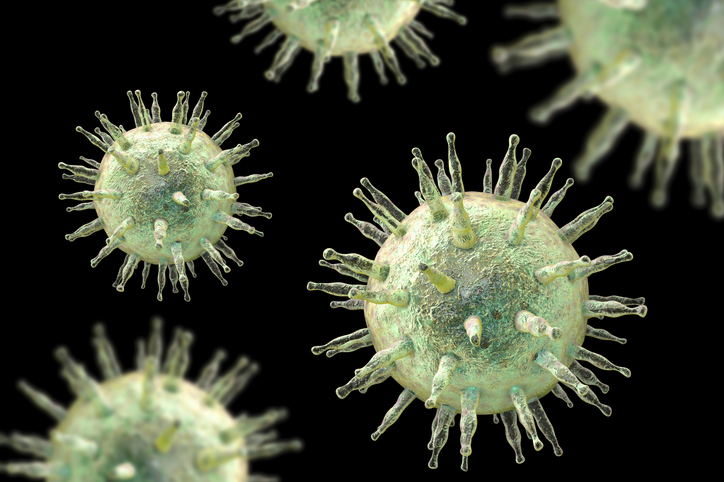Although bioprocessors employ cell cultures to develop new treatments for viral infections, viral contamination can stymy any cell culture-based process, including the development of most any treatment. In fact, “viral contamination in cell cultures poses significant challenges, particularly due to the necessity for complex and sophisticated detection methods,” according to Muhammad Munir, PhD, professor in virology and viral zoonoses at Lancaster University in the UK, and his colleagues.
In particular, Munir’s team reviewed concerns over two common viral contaminants: Epstein-Barr virus (EBV) and its relative ovine herpesvirus 2 (OvHV-2). These viruses can be found about anywhere, which makes them top concerns for contaminating cultures. For example Munir’s team pointed out that EBV “is ubiquitous across human populations, infecting approximately 98% of individuals.”
The culturing concerns over these viruses depend largely on how easy they are to monitor. Overall, EBV is not a serious concern for the safety of cultures in bioprocessing, because “its detection methods are well-established, including PCR assays that can identify both active and latent forms of the virus,” Munir and his colleagues noted. OvHV-2, on the other hand, poses a bigger problem, one that Munir’s team labeled as critical.
Ongoing virus monitoring
Part of the trouble with OvHV-2 contamination, Munir and his colleagues noted, is “its ability to infect a wide range of organs and species, including over 33 animal species and nearly all domestic sheep.” Consequently, these scientists emphasized that OvHV-2 contamination “poses a significant challenge in research settings, notably in biotechnology and pharmaceutical facilities.”
Nonetheless, Munir and his colleagues envision ongoing advances in monitoring both of these viruses. For example, the researchers pointed out that “incorporating high-throughput sequencing and single-cell analysis into EBV and OvHV-2 detection processes could reveal viral diversity within cell cultures.”
One thing to keep in mind, though, is that monitoring cultures for viral contamination is not a one-and-done proposition. As Munir’s team noted: “Viral infections can originate from contaminated cell lines, contaminated raw materials, or from breakdowns in the production and purification processes.”
Thus, viral vigilance must be maintained throughout a bioprocess’s entire ecosystem and complete workflow.


